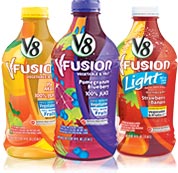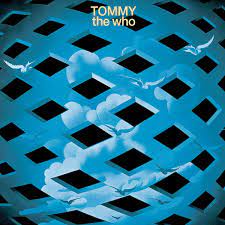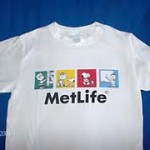Brand Planting, I mean Planning.
I’m an idea farmer. A strategic farmer. I assess the ground, rid it of things that will hinder growth, and then I plant. I search for the right kind of idea, make sure it’s clean and healthy, and put it into an environment where it can grow strong. This is what many strategic planners do and where they often stop.
Too often planners hand off the idea and let the elements take over. But ideas need attention. And cultivation. Water and sunshine. They can handle some bad weather, it’s natural, but this is not a “plant and go” business. There are ideas I have planted for corporations a decade ago that are still growing. Their root systems are strong. Long gone is my paper, but those roots are herculean.
There are lots of consultants and freelance planners bouncing around who are in it for the invoice. They plant the seeds and go farm elsewhere. Me, I like to stick around and watch what flowers and bears fruit. I like to use those grown nutrients to sustain additional growth. Strategic planners who seed an idea but don’t get involved with the deliverables – aiding other departments to bring the idea to life — are either poorly managed or cowardly. Life is not easy for an idea farmer.
If you are in the business of redistributing marketing wealth, growing markets, you need someone who plants and cultivates. Peace!







